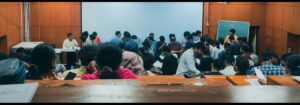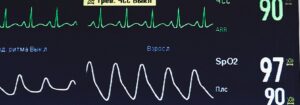Active Learning Activities
Active learning activities are tailored to specific learning outcomes and content. They incorporate one or more of the evidence-based strategies. Structured to expose their theoretical underpinnings, the activities can be used by practitioners and researchers alike.

28 Results
- Interdisciplinary
- Languages and Literature
- History
- Psychology
- Environmental science
- Health science
- Reflective Writing
- Peer Instruction & Think-pair-share
- Inquiry-Based Learning
- Just in Time Teaching (JiTT)
- Concept Mapping
- Distributed Problem Solving
- One Minute Paper
- Project-Based Instruction
- Toolkit
- Single class period (< 90 mins)
- Multiple class periods (2-3 classes)
- Part of a semester (4-6 weeks)
- Small (20-49)
- Medium (50-99)























